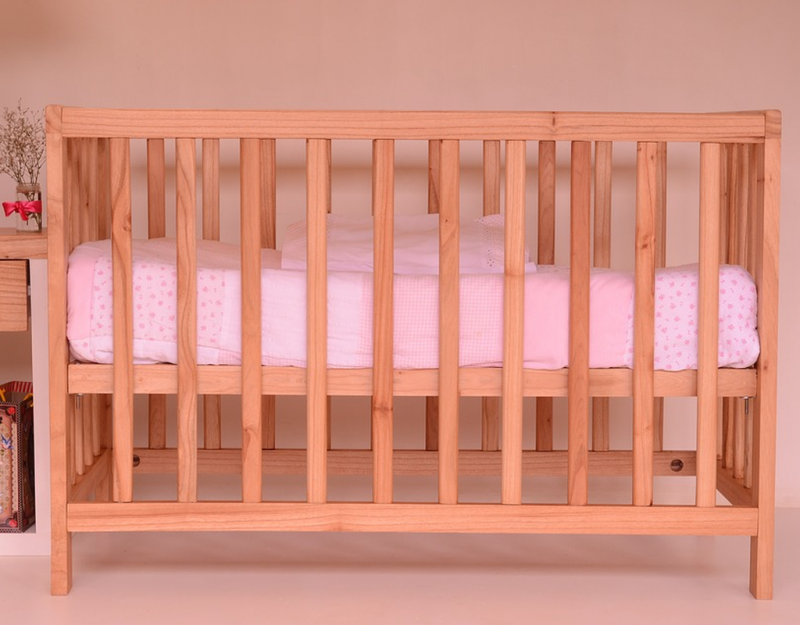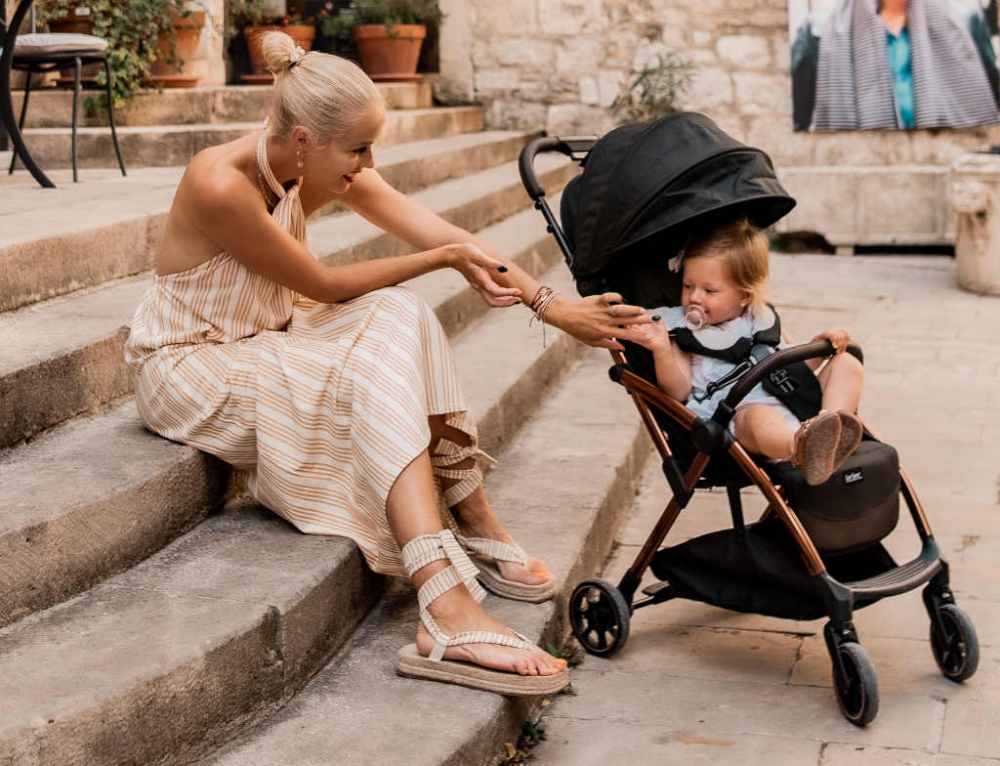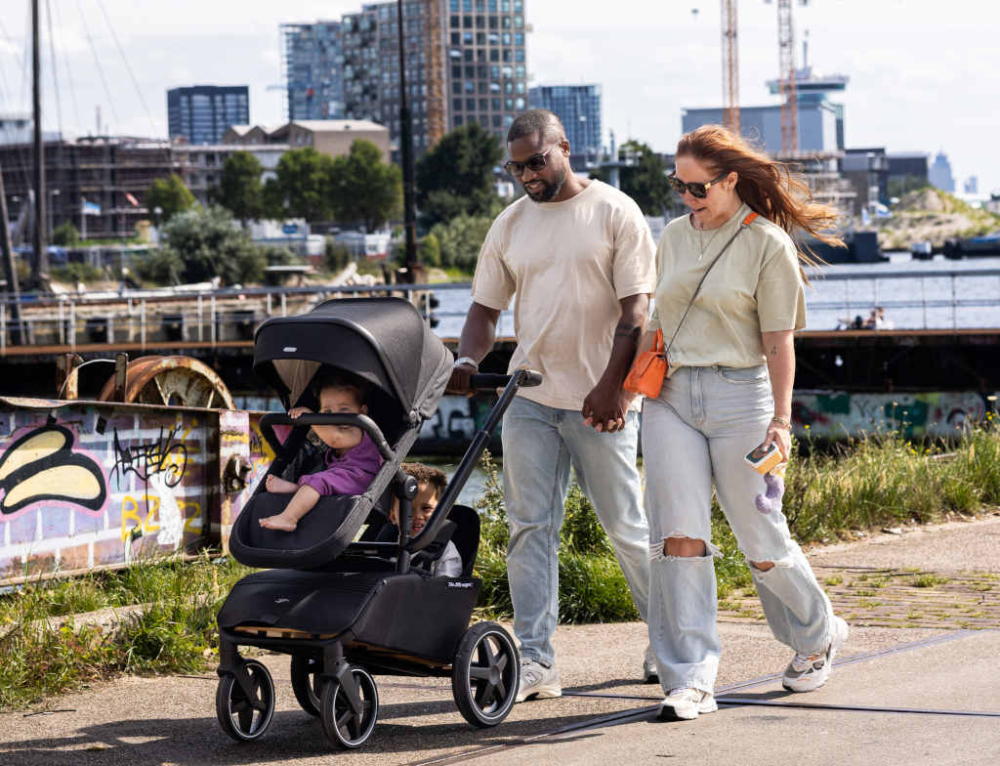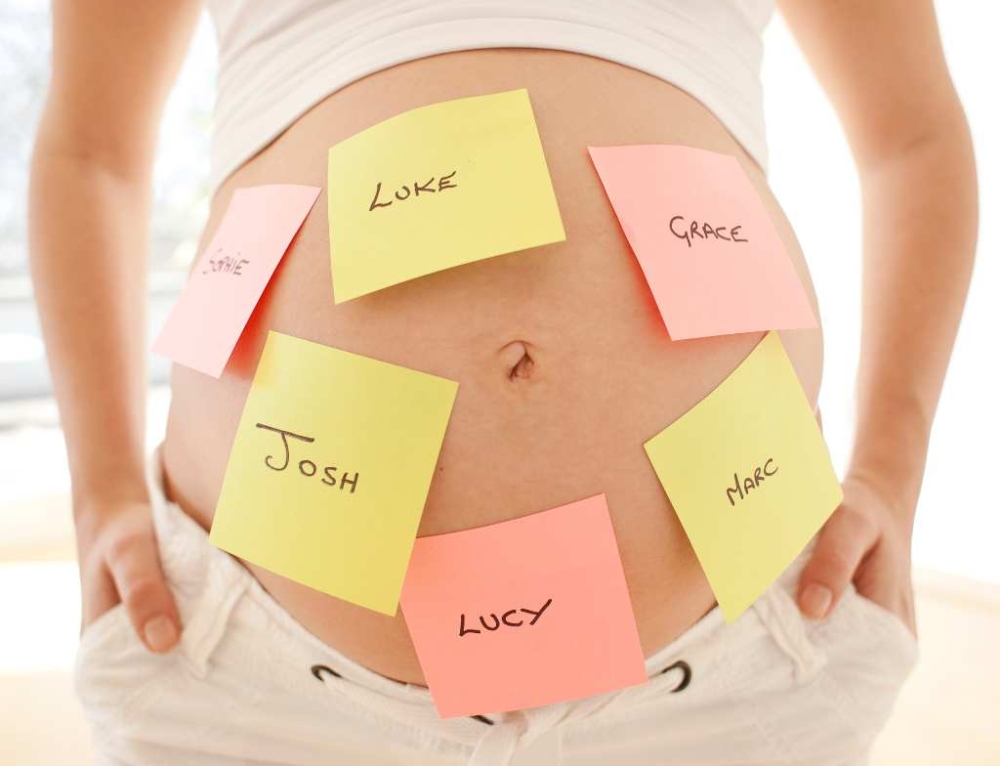The cot:
- Look for the Australian and New Zealand safety Standard when buying a cot (Australian Standards AS/NZS 2172 – ‘Cots for household use – safety requirements)
- It is illegal to sell a cot that doesn’t meet the Standard – this includes second-hand cots
- 25% of all children’s injuries relating to nursery furniture involve cots
- This Standard only applies to standard cots – it doesn’t cover portable or travel cots, cradles or toddler beds.
- It is recommended that a standard cot be used for everyday use.
- Try to buy a cot with a fixed base that can be secure on a low fitting.
If you have a cot that doesn’t have a Standards label, you can ensure that it is safe by checking that it measures:
- At least 600mm – depth from bottom of mattress to top of cot
- At least 500mm – depth from top of mattress to top of cot
- 50mm to 85mm – space between bars
- less than 25mm – space between cot sides/ends and mattress
- less than 8mm – corner posts/ screws and knobs
- No spaces between 5mm and 12mm wide – possible finger traps
- No spaces between 30mm and 50mm wide – possible arm and leg traps
- No spaces 85mm wide or wider – these can trap the head, and your baby could fall out of the cot
Also make sure that you check that:
- All locks and catches are child-proof.
- There are no sharp edges or holes that your baby could poke his fingers into.
- Your cot is in good condition – don’t consider using one that is any way broken or damaged.
- Ensure that all connections – the base, the sides – are good and strong and that all screws are tight – it’s worth checking these regularly as your baby may loosen them over time by rocking his cot.
- The paint on the cot is lead-free. While a new cot that meets the Australian Standards will be lead-free, you do need to check old cots. If you’re in doubt, strip that cot and repaint.
Where to put a cot:
- Always keep your cot well away from any cords or ropes (from curtains or blinds) you’re your baby could get choked by.
- Ensure that your cot isn’t near any power points, heaters, lights and other electrical appliances.
- Make sure that your baby’s mobile is out of reach so he can’t pull it down and into his cot.
- If you place your cot near a window, make sure that the window can be locked and/or it is fitted with bars so that there’s no risk that your child could climb out the window.
- Don’t hang anything above your child’s cot as these may fall into the cot and injure him.
Mattresses:
- The mattress should fit the cot well and be firm. The space between the mattress and the cot sides should be no greater than 25mm.
- If your mattress has a plastic covering, it should be removed.
- Mattress protectors should fit the mattress well and should be strong.
- Because a portable cot has flexibility in its sides and base, only use a thin mattress to avoid the possibility of your baby getting caught between the mattress and the sides.
- If you use a tea-tree mattress, ensure that you turn in over regularly so that it doesn’t become uneven. These mattresses should stay flat and firm so that your baby can’t roll easily.
- Mattresses that have been ‘approved’ by health professionals say more about the type of mattress it is rather than whether the mattress is safe for you to use.
Find more:
This article was written by Ella Walsh for Kidspot NZ.







Leave A Comment
You must be logged in to post a comment.